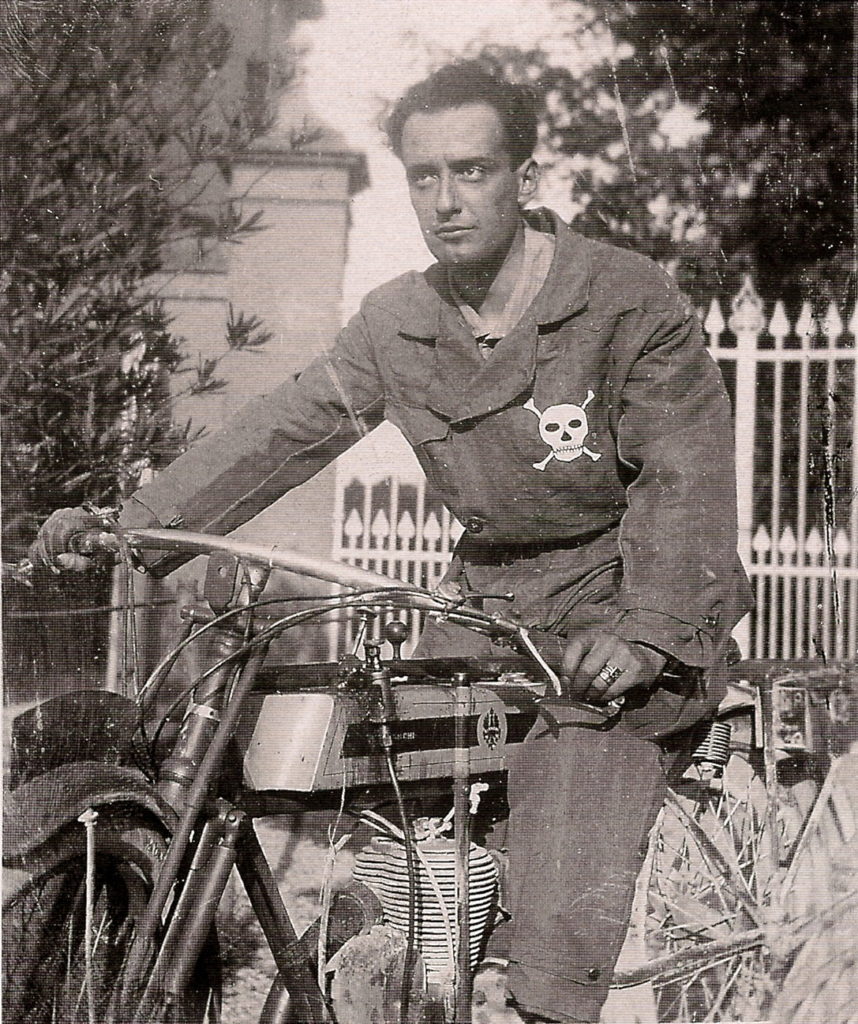
Perusing Aldo Carrer’s excellent book ‘The Motorcycle Uniform During the World War One’ (Zanetti, 2008), I was struck by this image: does this photograph show the first instance of a ‘skull and crossbones’ (or Jolly Roger) on a motorcyclist’s outfit? The photo was taken in Italy during WWI, and shows ‘Renzo’ on a Bianchi Model 500A. Renzo (“waiting for action” it says on the back of the photo) was an Ardito (literally – ‘audacious man’); the Arditi were the equivalent of Special Forces in the Italian Royal Army, created during a difficult period during the War for a specific job – to break a stalemate on the entrenched Italian Front. They were specially trained as an elite unit, with (according to ‘Italian Arditi’) “special recruitment procedures, training, arms, uniforms, priveleges, and benefits. For the first time, an Italian soldier was given concentrated, specific training, both psychological and physical; the Ardito also received the best available equipment and enjoyed superior living conditions. In order to counter the high casualty rate (!)… esprit de corps was very important..particular attention was focussed on comraderie and attitude, in order to motivtate the men and help them bear the psychological stress involved.”
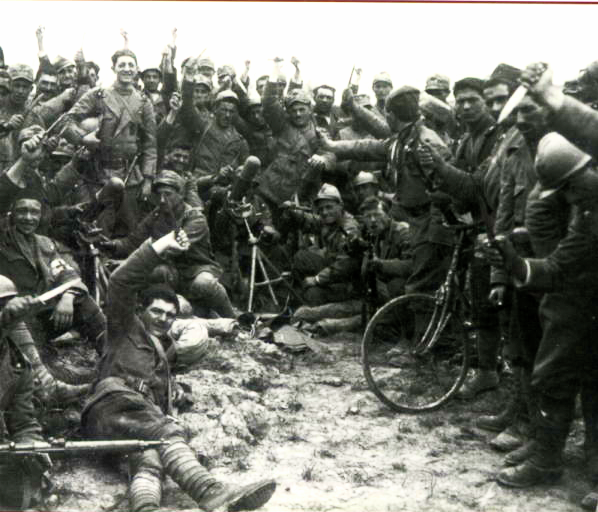
Regarding the history of the skull and crossbones; there is evidence it originated on the flag of Roger II of Sicily (1095-1124), a sponsor of the Knights Templar. After the Knights were disbanded, former Templars flew Roger’s flag when pirating at sea. In the 1700s, the ‘totenkopf’ (death’s head) became very popular, and was used in an official capacity by von Ruesch’s Hussar Regiment #5 of the Prussian army. In the same era, the ‘Jolly Roger’ was adopted by pirates, privateers, and corsairs plying the world’s oceans, and the first citation of sighting the ‘Jolly Roger’ was in 1724, in Charles Johnson’s ‘A General History of the Pyrates’).
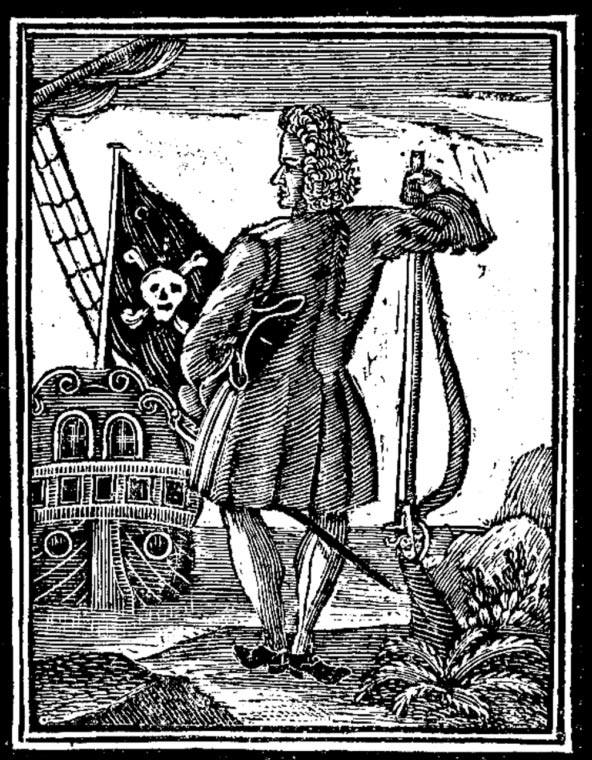
The Jolly Roger has been utilized by ‘bikers’ in the twentieth century for the same purpose – as a ‘memento mori’ (reminder of mortality), and to signify ‘no fear’ of death. The image has been modified in a thousand ways since this first, simple logo on Renzo’s riding outfit, but the message remains the same; don’t mess with me.
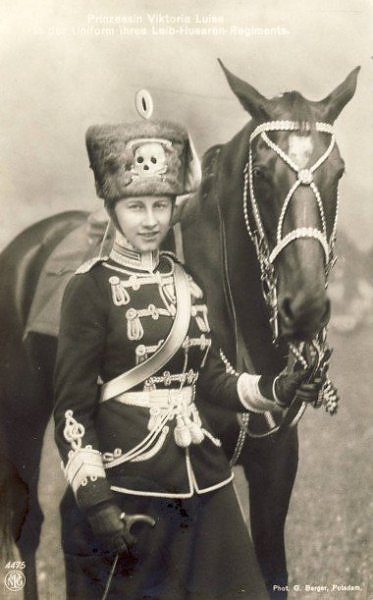
The motorcycle is a Bianchi Model 500 A, a 498cc sidevalve single-cylinder machine with a short-leading-link front fork (see patent drawing from Jan 19th, 1915), a Bosch magneto, and Zenith carb. This was Bianchi’s mainstay model, introduced in 1916, which dates the pic of Renzo between 1916-18, as the Arditi were disbanded after WW1.
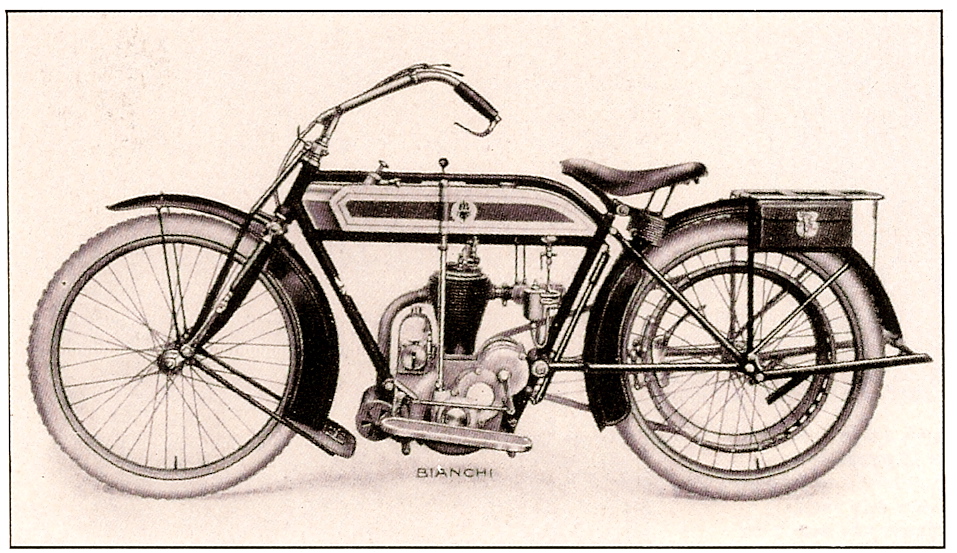
The Bianchi used a cone clutch inside the unitary engine casting, plus a kickstarter and a geared primary drive, all very advanced for 1915, although the final drive is still a single-speed belt. While similar in profile to the ubiquitous Triumph used by English despatch riders during WW1, the Bianchi is a better-engineered machine – the clutch alone makes for a far more useful motorcycle.
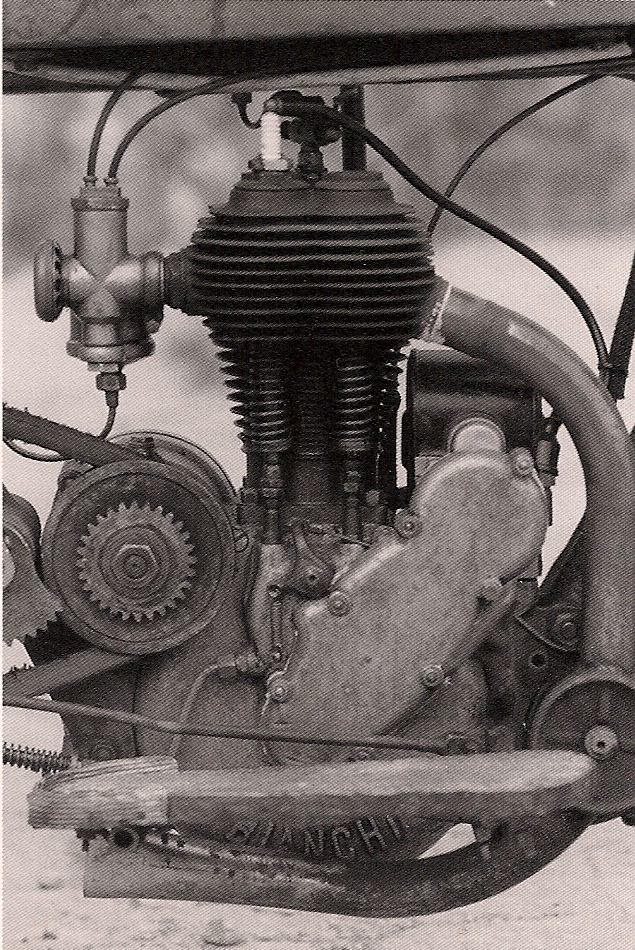
The photograph of Renzo can be found in Aldo Carrer’s amazing book ‘The Motorcycle Uniform During the World War One’ (Zanetti, 2008), which can be ordered (and his previous effort, ‘The Dawn of the Motorcycle’) from Aldo directly here.
The Bianchi motorcycle photos are from ‘Eduardo Bianchi’ (Gentile, NADA, 1992), which is a lovely book in English/Italian.
The photo of the Arditos (knives raised!) is from ‘Italian Arditi: Elite Assault Troops 1917-20’ (Angelo Pirocchi, Osprey, 2008). As a further note, many of the Arditi joined Fascist paramilitary units just four years after WW1, to support Mussolini’s rise to power. They were created about the same time as the Austro-Hungarian and German armies founded the Sturmtruppen – not a very romantic outcome.
For more information on pirates, I recommend ‘Under the Black Flag; the Romance and Reality of Life Among the Pirates’ (Cordingly, Harvest, 1995), which is the best book I’ve found on the subject.
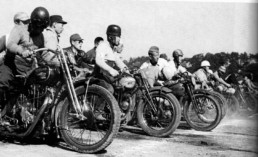
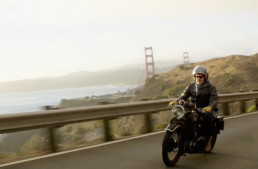
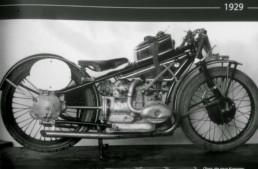
Hello there,
Just a short mail to express my respect!
Just ride and enjoy the old stuff!!! Whatever the make…
Bad weather makes good friends…
Bad roads are good practice…
Breakdowns are the best lessons
Sincerely yours,
Guillaume
Hi Paul,
You are a true one off. Not many younger guys (younger than me anyway) have such a passionate connection to the history, lore and preservation of classic, vintage and pioneer motorcycling.
C-ya, Jer
Regarding the insignia, the Queen’s Royal Lancers wore skull and crossbones in the Crimean War, and still do. They were the luckless Light Brigade who made the infamous charge. See the insignia at my blog here
http://sideburnmag.blogspot.com/2008/09/or-glory.html
Regards
Gary
It’s true Gary, the ‘Death or Glory’ logo is English, so the Europeans have no solitary hold on the Skull and Crossbones in history. I’d love to see if the Lancers used their logo with motorcycle ‘cavalry’ during WW1 – haven’t found a pic yet, and I’ve looked.
Paul,
Great site! I love the pic of the Streamliner and the one of Evel Knievel at S.F. it was like taking a trip back in time, so much cool stuff to look at and explore. I have always been fascinated by old machines, I can remember going to a museum in Daytona Beach with my parents and looking at the old motorycles and beach land speed vehicles of all types, 2 and 4 wheel creations. I was very young, probably only 7, maybe even younger but the sight of all of the rare motorcycles from the early 1900’s left a definite impression on me. Growing up a kid of the 70’s I was a huge Evel Knievel fan, I still have the collage poster that was on my bedroom door, actually framed and in perfect conition hanging in a spare bedroom. The story about the Hot Bike magazine from Japan was interesting, after a trip to Okinawa Island a few years ago (where I purchased a copy of their Hot Bike mag) it is such a unique culture they have surrounding two wheel machines in their country, they do some interesting things with everything from scooters to vintage race bikes. I will be sure to let my friends that ride and love old motorcycles know about your site, keep up the good work!!!
Jason
I’ll have to send you some pics of my newest addition, 2008 H-D Rocker C.
Hi Paul,
We’ve met but I doubt that you recognize my name. In fact, I remember traveling to your house in SF with Mike Rettie who I think was looking for Velo parts.
I’ve certainly been enjoying your commentary and pictures and would like to support you.
I’ve been taking photos of moto events in the Bay Area and beyond for many years now. I turned to digital probably 10 years ago and most of those files are of decent quality. The film shots I had I digitized with varying results.
I don’t have a lot of pics of the very early motorcycles save for what I’ve seen in museums. There’s a fair amount of modern stuff, but most of that is from trackdays. My son is a trackday instructor with Red Shift so I tag along whenever he goes. I actually raced in AFM in ’87 on a 500 Triumph, in Vintage, lining up at the start with Andy Saunders, who I usually never saw again after turn 1.
I’ve sold my 4 Nortons, 3 Triumphs, and most Airheads. I passed my Darmah on to my son, like my R11GS, sold the Lemans and Laverda and currently ride (gasp) a Road King, Dyna, Guzzi Cali, and R100S. I retain rider rights on the GS– it was my favorite bike. I no longer fit on the Darmah.
I’d be happy to send you CD’s with my shots for you to use (or not) any way you’d like. I am not a professional photographer and don’t mind my photos being used anywhere.
Let me know where to send them and give me a week or two. I’ll leave it to you to sort out the models; many of the pics are identified by marque and location of the shot but only a few by specific model.
Cheers,
Lou